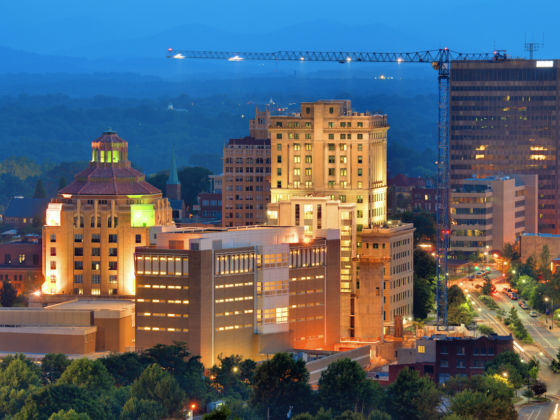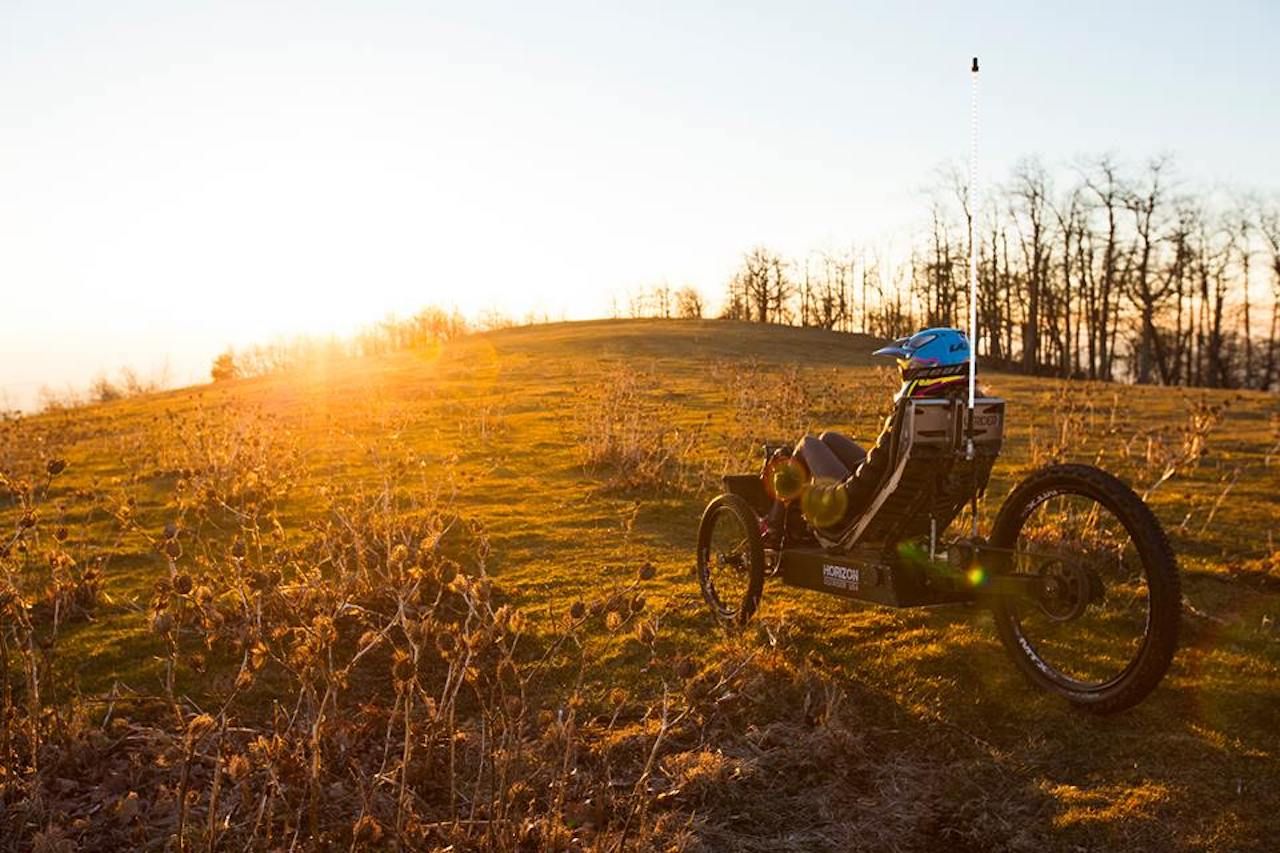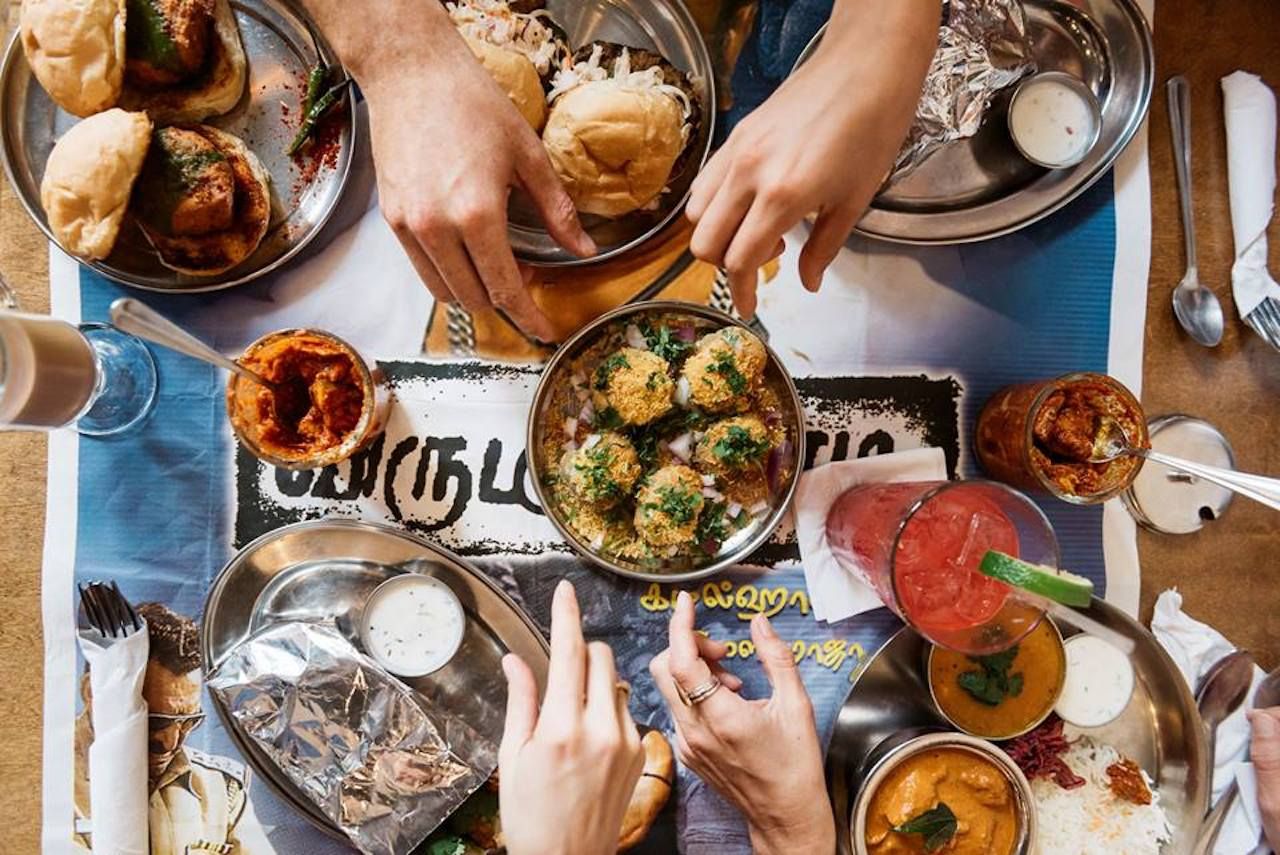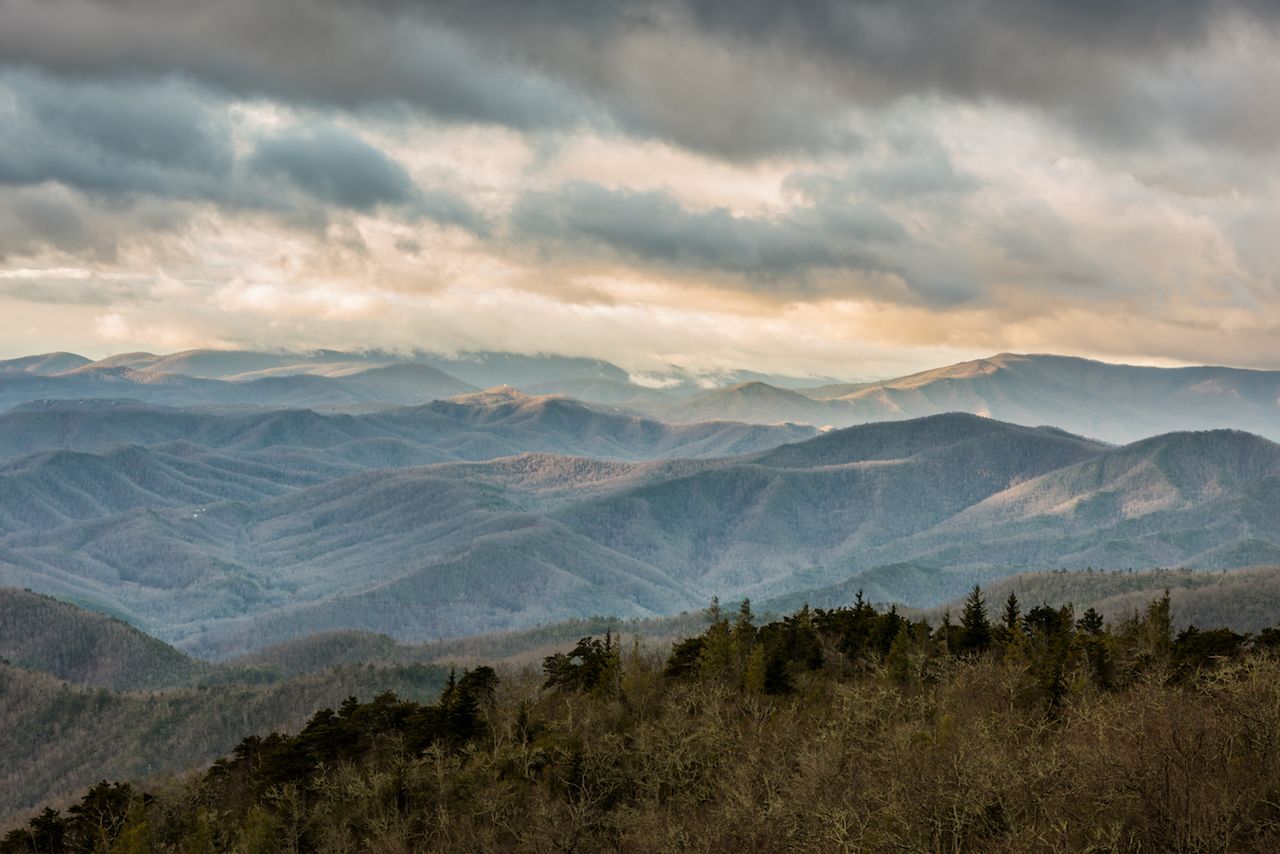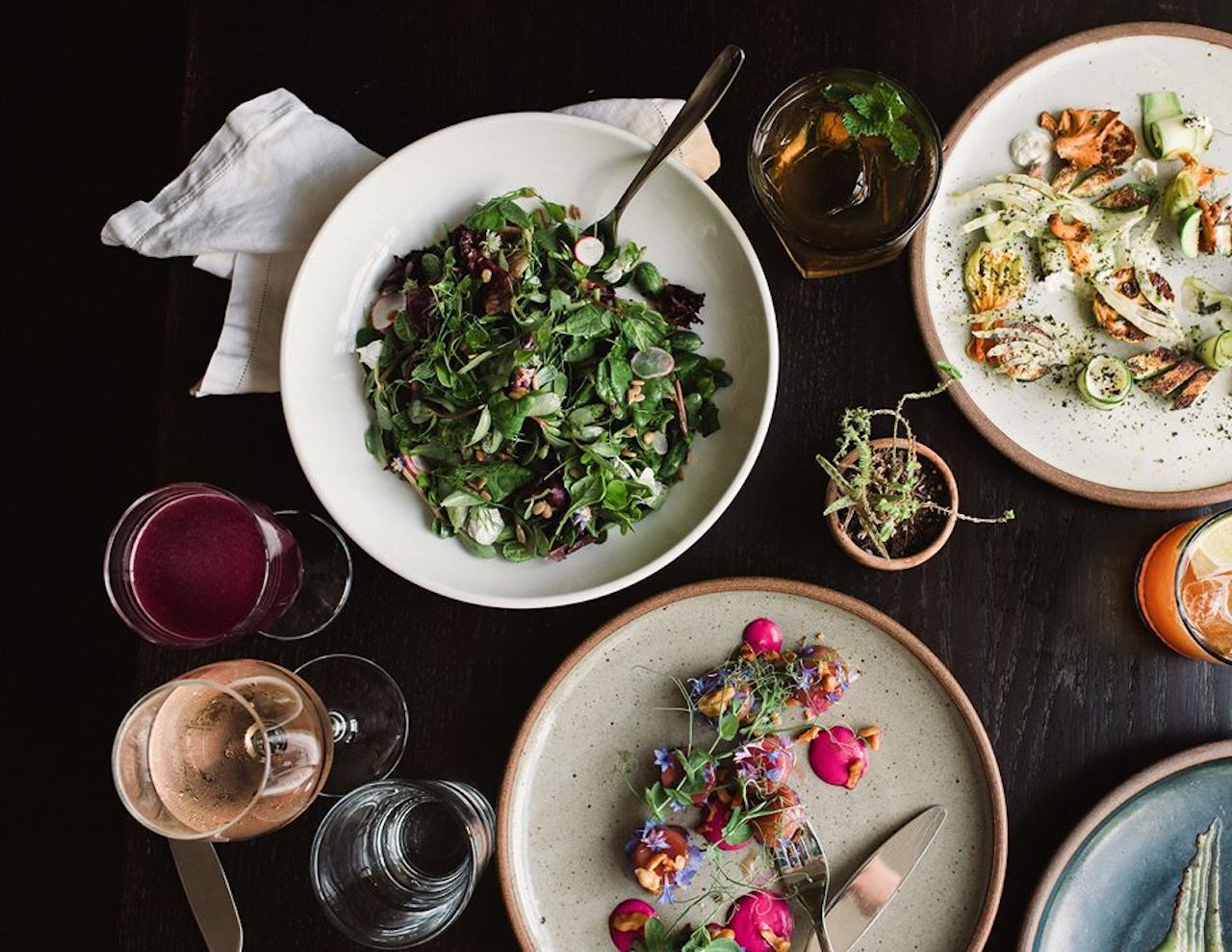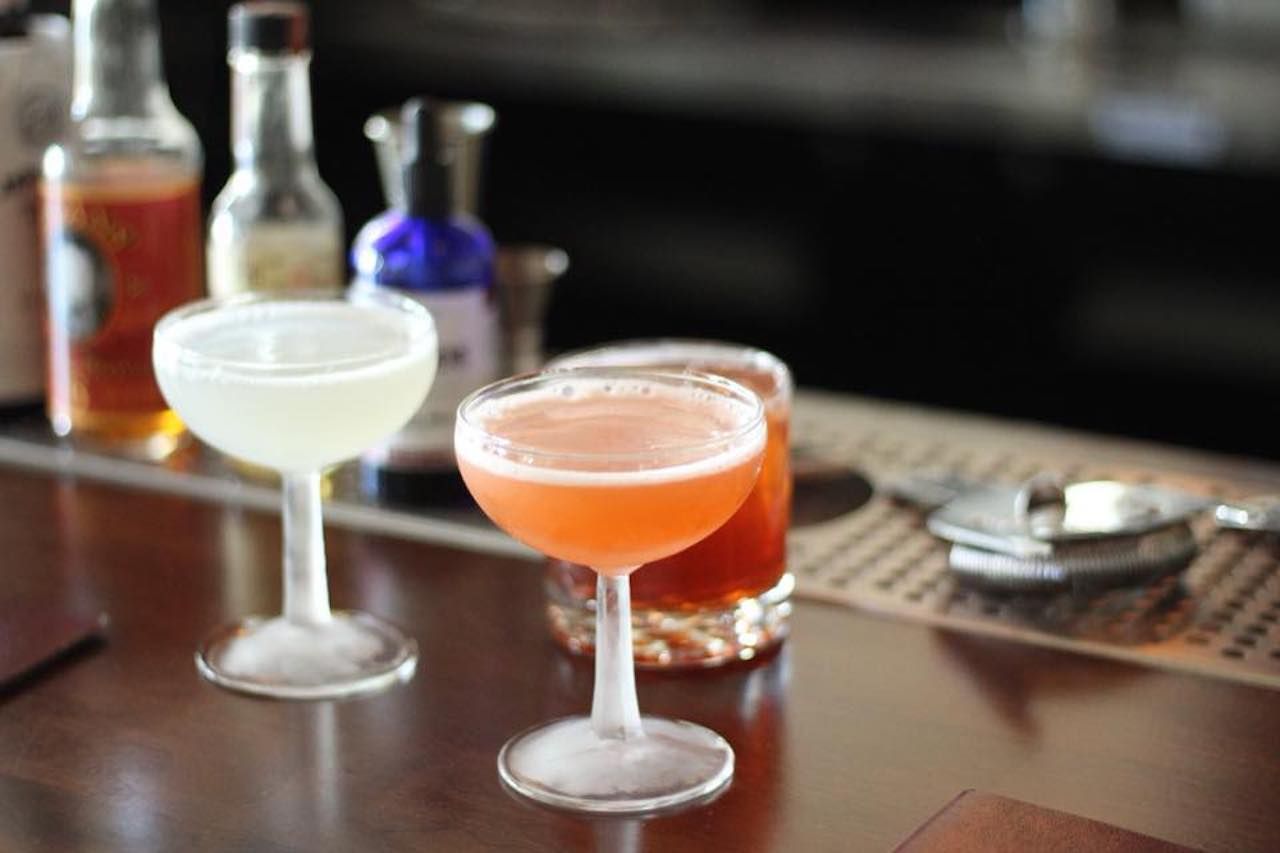You know you’re having fun when you can smile with mud splattering your face.
I was staring up from my overturned Outrider bike at a spinning rubber wheel as it dripped cold, wet mud in front of the silver Carolina sky. The wind was knocked out of me, but as far as I could tell, I had no noticeable injuries, just a big childlike smile.
“You ok?” Hunter, my guide, yelled from somewhere closer to the Biltmore estate.
